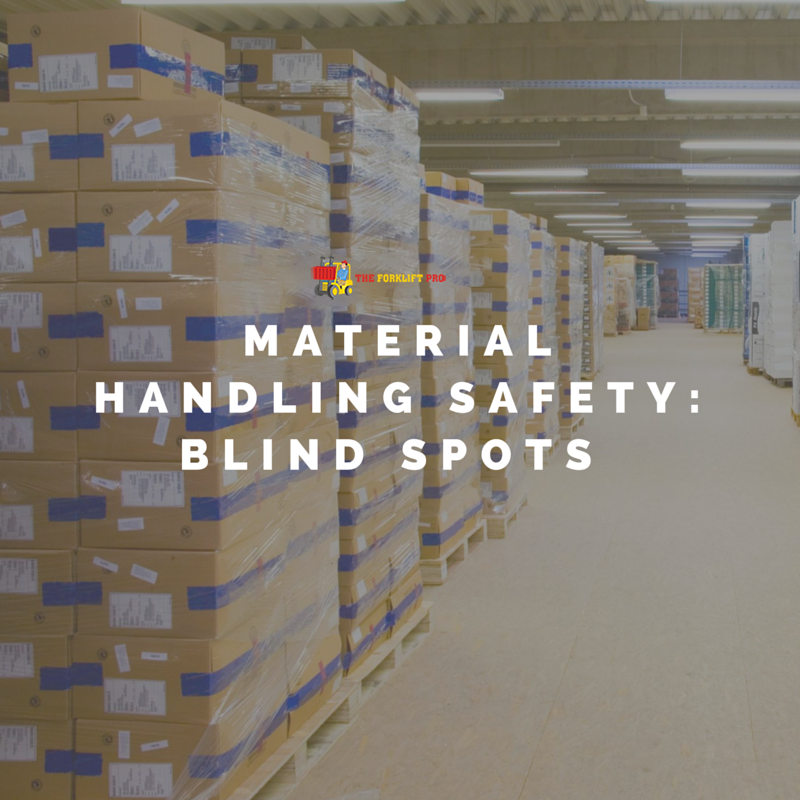While safety in the workplace is consistently discussed in the material handling industry, there are devastating accidents nearly every day. Corners, doorways, and limited visibility areas present unique challenges for operators and pedestrians. Blind spots require focus and, in some cases, extra time for all those involved in the material handling process. Here are four best practices for avoiding blind spot safety hazards:
Learn the road rules
Similar to roads that are navigated daily by trucks and cars, pedestrians always have the right-of-way, no matter the circumstance. Operators should keep their vision focused in the direction the forklift is moving, whether backing up or moving forward. Even if the floor is adequately marked and warning signs are placed throughout the workplace, always assume that pedestrians are not being observant. If working in a new location learn the layout of the warehouse, as well as heavy traffic areas.
Seek out extra eyes
Operators should recognize when visibility is blocked and attempt to drive the truck backward. If this is not possible, have a spotter act as your eyes. Make sure no employees are near the path of travel and move slowly. If team members feel uneasy about maneuvering equipment around other workers, agree to make eye contact with all pedestrians before moving the lift. Another perspective will help identify potential danger zones. Proper use of mirrors will also give the operator a convenient look at warehouse angles. If your inventory is missing the proper safety outfitting such as mirrors, it may be time to update your machinery.
Use proper alert tactics
Warehouses typically have a loud volume with various activities happening at once. It is important that forklift operators utilize their horns and drive at reasonable speeds. When approaching a cross aisle or dangerous intersection, the operator should be sure to slow the forklift and sound the horn. Audible alerts serve as a caution to pedestrians and other equipment operators nearby who may be approaching the same area. Safety lights allow the operator to see other equipment moving and alert pedestrians to their movements as well. The use of multiple safety alerts are in the best interest of the entire team.
Take time navigating traffic
Forklift collisions with pedestrians are particularly traumatic and most are preventable. Pedestrians should be aware of all moving equipment in high-risk areas through the above precautions and signage. In such a fast-paced environment, clearly marked pathways, and a few extra moments of time, can be the difference between an accident-free workday and a disaster. Pedestrians present in the warehouse should avoid sudden movements and take time to check traffic and aisles. Even if you will only be present in the warehouse for a short amount of time, stop and look both ways to ensure the path is clear.
A momentary loss in focus or careless maneuver may cause damage despite strict guidelines. It’s still important that all employees understand the risks involved, as well as receive up-to-date safety training. Periodic assessments of your material handling equipment can assist in addressing safety issues. Be sure that your equipment has the necessary attachments and accessories in order to perform in the best way possible. Extra time,care and knowledge can impact safety for you and those around you.

